Latin Name: Acer griseum
Common Name: paperbark maple
Family: Sapindaceae
Origin: China
Tree/Shrub/Herb: Deciduous tree
Form: Upright, rounded
Habit: Many spreading primary branches
Buds: Opposite, terminal bid solitary, pointed, ovoid, 2mm
Leaves: Trifoliately compound, silvery underneath, pubescent, serrated margin
Fruit: Winged samaras in pairs
Stem/Bark: Peeling bark, reddish brown
Cultural Requirements: Likes moisture, needs drainage, average to good soils
Landscape Uses: Personal garden
Notes: Easy to identify by the reddish peeling bark
Latin Name: Liquidambar styraciflua
Common Name: sweet gum
Family: Altingiaceae
Origin: Eastern United States
Tree/Shrub/Herb: Deciduous tree
Form: Oval, pointed
Habit: Multi-leaders
Buds: Alternate, conical, smooth, green
Leaves: Palmately lobed into 5 parts, serrated margin, hang upside down, grow to the end of branches
Fruit: Globe shaped spiky aggregate
Stem/Bark: Winged habit on bark of older trees
Cultural Requirements: Lean, dry soil; good drainage
Landscape Uses: Popular as street trees
Notes: Lose their leaves/colour very late in the season
Latin Name: Acer platanoides
Common Name: Norway maple
Family: Sapindaceae
Origin: Europe
Tree/Shrub/Herb: Deciduous tree
Form: Round
Habit: Multi stemmed and upright
Buds: Opposite, single terminal bud, large, smooth
Leaves: Large leaves with acutely pointed lobed, long pinkish petioles
Fruit: Winged samaras in pairs
Stem/Bark: Greyish bark with very fine vertical furrows
Cultural Requirements: Will do fine in poor soil; good drainage
Landscape Uses: Park trees
Notes: Grows vigorously and can be invasive
Latin Name: Acer rubrum
Common Name: red maple
Family: Sapindaceae
Origin: Eastern North America
Tree/Shrub/Herb: Deciduous tree
Form: Oval
Habit: Long primary branches, less vigorous secondary branching
Buds: Opposite, multiple terminal buds
Leaves: Tri-lobed, toothed, silver underneath, red petioles
Fruit: Winged samaras in pairs
Stem/Bark: Greyish bark
Cultural Requirements: Poor, dry soil, good drainage
Landscape Uses: Park or boulevard trees
Notes: Multiple terminal buds are a key identifying feature
Latin Name: Betula utilis var. jacquemontii
Common Name: Himalayan whitebark birch
Family: Betulaceae
Origin: Himalayan
Tree/Shrub/Herb: Deciduous tree
Form: Oval
Habit: Upright, multi-stemmed
Buds: Alternate, long and held flat to stem
Leaves: ovate, toothed margin, 7-10cm long
Fruit: Catkins at terminal ends
Stem/Bark: white peeling bark, prominent horizontal lenticels
Cultural Requirements: Moist to wet soils
Landscape Uses: Park trees, residential
Notes: Short lived, begin to decline after 20 years or so
Latin Name: Cercidiphyllum japonicum
Common Name: katsura
Family: Cercidiphyllaceae
Origin: China and Japan
Tree/Shrub/Herb: Deciduous tree
Form: Rounded, blocky
Habit: Arching tiers of horizontal branches from multiple upright stems
Buds: Sub-opposite, red, terminal buds paired
Leaves: Round shape, chordate base, pointed tip, finely serrated margin
Fruit: Winged seeds
Stem/Bark: Brownish bark, long furrows, distinct lenticels
Cultural Requirements: Loves moisture, wet soil, full sun
Landscape Uses: Park or garden trees
Notes: Displays short shoot/long shoot morphology
Latin Name: Platanus x acerifolia
Common Name: London planetree
Family: Platanaceae
Origin: Garden origin
Tree/Shrub/Herb: Deciduous tree
Form: Round
Habit: Healthy branch attachment with many large primary branches
Buds: Alternate, terminal bud plump, smooth, conical, cinnamon colour
Leaves: "maple" shaped, tomentose
Fruit: Pendulous, spiky, globular aggregate of carpels
Stem/Bark: Platy, exfoliating bark which reveals a light brown colour underneath
Cultural Requirements: Dry soil, good drainage
Landscape Uses: Park trees
Notes: Has wavy, undulating branches
Latin Name: Betula pendula
Common Name: silver birch
Family: Betulaceae
Origin: Europe
Tree/Shrub/Herb: Deciduous tree
Form: Oval
Habit: Pendulous secondary branches
Buds: Alternate, sticky, green
Leaves: Rhomboid, toothed, crisply angled apex
Fruit: Catkins
Stem/Bark: Pale white bark
Cultural Requirements: Wet, poorly drained soil
Landscape Uses: Park or boulevard trees
Notes: Susceptible to bronze birch borer
Latin Name: Fagus sylvatica
Common Name: European beech
Family: Fagaceae
Origin: Europe
Tree/Shrub/Herb: Deciduous tree
Form: Round
Habit: Upright, multi-stemmed
Buds: Alternate, terminal bud singular, long lance-shaped light brown buds
Leaves: Ovate, distinct venation
Fruit: Dried nut with husk
Stem/Bark: Grey/brown bark
Cultural Requirements: Well drained soil
Landscape Uses: Park trees
Notes: Often shows large branch scars
Latin Name: Ginkgo biloba
Common Name: maidenhair tree
Family: Ginkgoaceae
Origin: China
Tree/Shrub/Herb: Deciduous "conifer"
Form: Upright
Habit: Dominant leader, irregular long unbranched primary growth
Buds: Alternate, stubby buds at the end of short shoots
Leaves: Fan shaped, lineal veins, fused needles, golden fall colour
Fruit: Round seeds in a yellowish outer coating, smell rancid after falling
Stem/Bark: Greyish/brown bark
Cultural Requirements: Hardy, will grow on poor soils, prefer moist and well-drained soils
Landscape Uses: Street trees (males), near power lines
Notes: Ginkgo is dioecious, males are preferred for landscaping because the female fruits are messy and stinky
Latin Name: Metasequoia glyptostroboides
Common Name: dawn redwood
Family: Cupressaceae
Origin: China
Tree/Shrub/Herb: Deciduous conifer
Form: Upright, pointed
Habit: Dominant leader with many primary branches forming armpits
Buds: Opposite, small, oval, pale green
Leaves: Soft green needles arranged oppositely on drooping branches
Fruit: Small, roundish cones
Stem/Bark: Brown bark that peels in vertical strips
Cultural Requirements: Prefers moist to wet (but not swampy) soil
Landscape Uses: Street trees
Notes: Only a very small natural grove exists in China
Latin Name: Taxodium distichum
Common Name: swamp cypress
Family: Cupressaceae
Origin: SE United States
Tree/Shrub/Herb: Deciduous conifer
Form: Upright, bushy
Habit: Dominant leader, undulating primary branches
Buds: Alternate
Leaves: Small thin needles along in a compound formation
Fruit: Small brown cones
Stem/Bark: Brown, flaky bark
Cultural Requirements: Wet soil, swampy conditions
Landscape Uses: Garden trees
Notes: Roots have a habit of protruding to help create more soil for the tree
Latin Name: Larix sp.
Common Name: larch
Family: Pinaceae
Origin: Temperate northern hemisphere, boreal forests
Tree/Shrub/Herb: Deciduous conifer
Form: Upright, shaggy
Habit: Drooping branches, often older trees have multiple leaders
Buds: Alternate, round, dark brown
Leaves: Many needles in fascicles
Fruit: 2-3cm brown cones
Stem/Bark: Greyish bark
Cultural Requirements: Moist to wet soils
Landscape Uses: Street or park trees
Notes: Needles in fascicles are a key identifying feature
Latin Name: Pseudolarix amabilis
Common Name: golden larch
Family: Pinaceae
Origin: Eastern China
Tree/Shrub/Herb: Deciduous conifer
Form: Upright
Habit: Upward curving primary growth
Buds: Alternate to sub-opposite, short terminal buds
Leaves: Fascicles of many soft needles in a whorled arrangement
Fruit: Brown cones 5cm wide with triangular scales
Stem/Bark: Greyish, platy bark
Cultural Requirements: Moist, well drained soils
Landscape Uses: Park trees
Notes: Displays short shoot/long shoot morphology, has an attractive golden fall colour
Latin Name: Koelreuteria paniculata
Common Name: golden rain tree
Family: Sapindaceae
Origin: China and Korea
Tree/Shrub/Herb: Deciduous tree
Form: Broadly rounded
Habit: Twisted, spreading branches on a short main trunk
Buds: Alternate, multiple terminal buds
Leaves: Compound, bi-pinnate, lobed, toothed, sub-opposite leaflets
Fruit: Yellowish, 3-valved seed pods
Stem/Bark: Greyish brown bark
Cultural Requirements: Moist soil (not dry), needs drainage
Landscape Uses: Garden and park trees
Notes: Max height 7m
Latin Name: Liriodendron tulipifera
Common Name: tulip tree
Family: Magnoliaceae
Origin: Eastern North America
Tree/Shrub/Herb: Deciduous tree
Form: Upright
Habit: Multiple leaders
Buds: Alternate, single terminal bud, "duck bill" shape
Leaves: Simple, tri-lobed, fiddle shaped, lighter shaped underneath
Flowers: Tulip appearance, green and orange, flowers in April/May
Stem/Bark: Smooth, brown bark, prominent lenticels
Cultural Requirements: Hardy, good drainage, will grow in most soils
Landscape Uses: Park trees, large gardens
Notes: Our climate causes them to grow vigorously and to not harden off properly
Latin Name: Fraxinus americana
Common Name: white ash
Family: Oleaceae
Origin: Eastern North America
Tree/Shrub/Herb: Deciduous tree
Form: Upright, rounded
Habit: Many spreading primary branches
Buds: Opposite, single terminal bud, prominent scales
Leaves: Compound, ovate, whitish underneath, serrated margin, pointed apex
Fruit: Elongated, 3-8cm, tan coloured
Stem/Bark: Relatively smooth, greyish bark, identifiable bud scars
Cultural Requirements: Well drained soil
Landscape Uses: Street trees
Notes: Dioecious, produces an abundant seed crop every 11 years
Latin Name: Fraxinus pennsylvanica
Common Name: green ash, red ash
Family: Oleaceae
Origin: Eastern/Central North America
Tree/Shrub/Herb: Deciduous tree
Form: Upright crown, oval
Habit: Medium texture
Buds: Opposite
Leaves: Pinnately compound, leaflets are lanceolate, 5-9 per rachis
Flowers: Greenish, blooming in mid/late April
Fruit: Full sun, moist and fertile soils, is tolerant of poorly drained soil
Stem/Bark: Grey bark, stout stems
Cultural Requirements:
Landscape Uses: Park tree, boulevard tree
Notes: This tree is dioecious
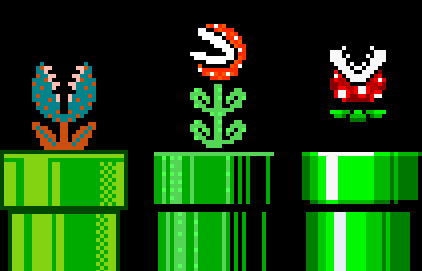






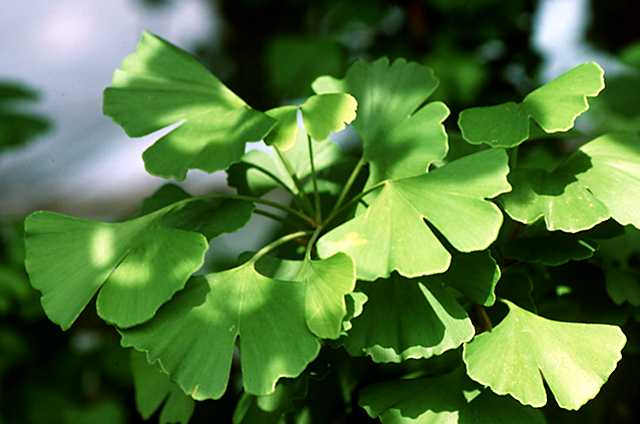

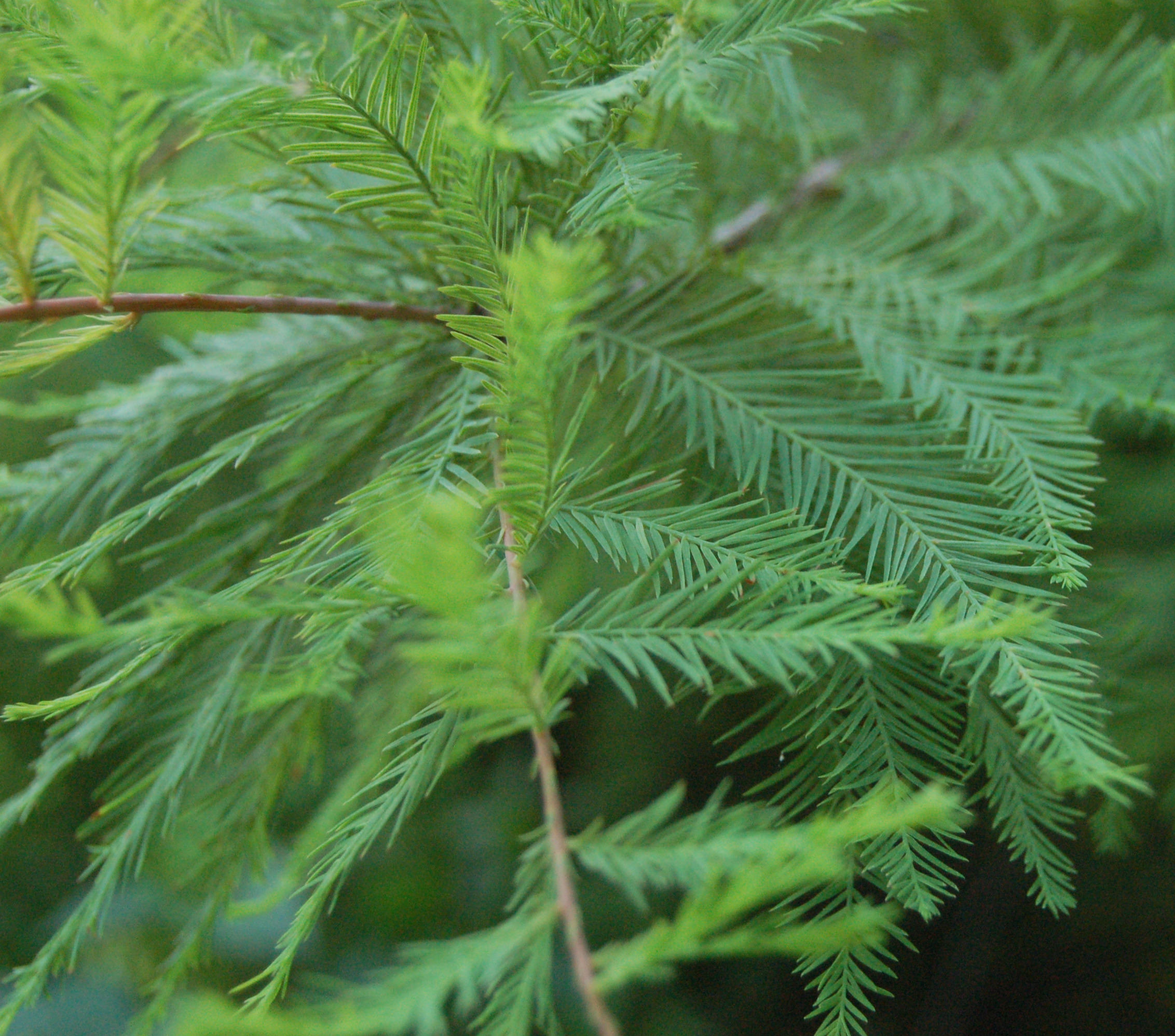
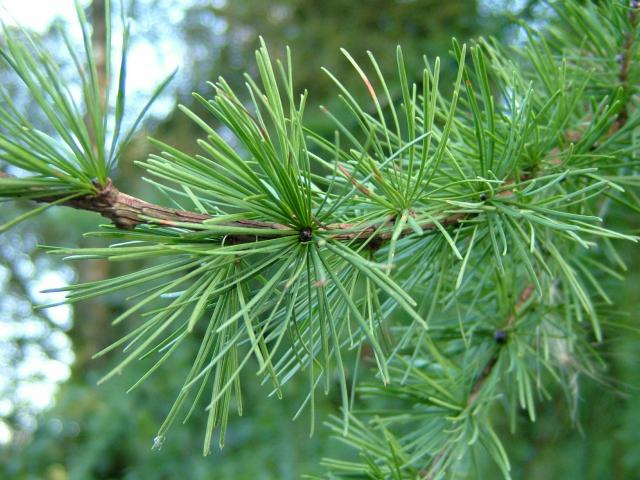

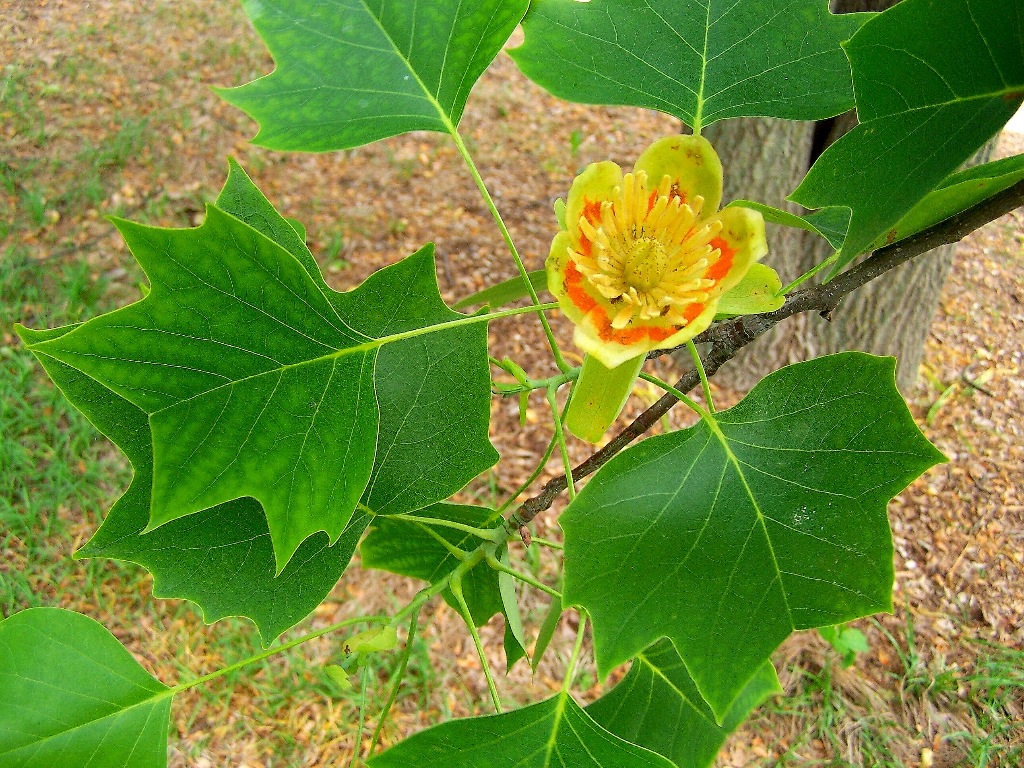

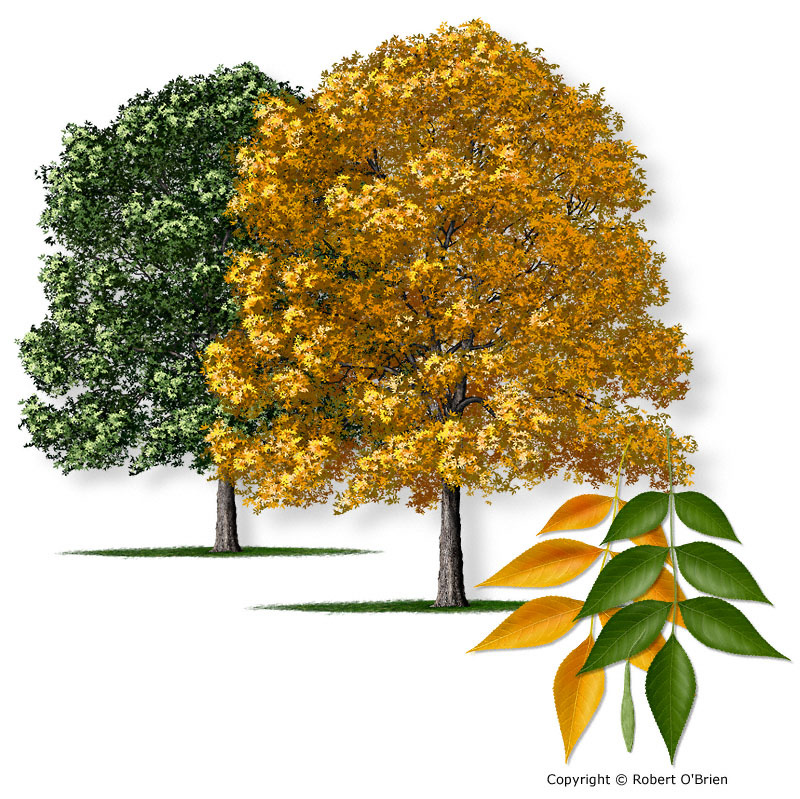
No comments:
Post a Comment